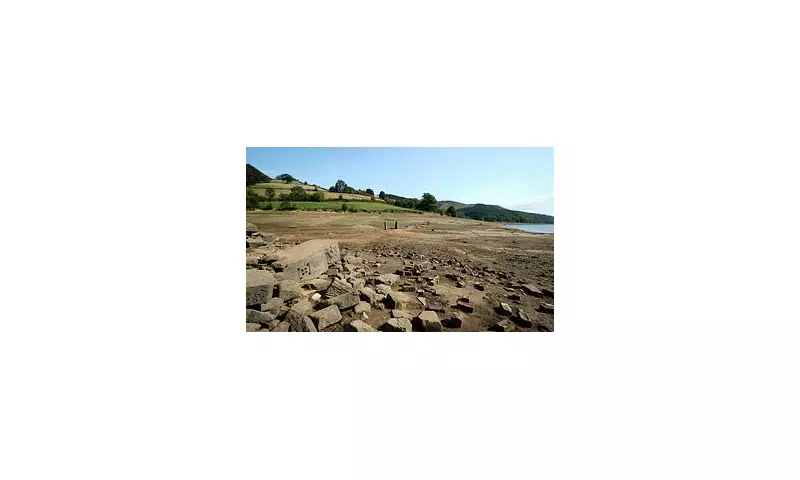
One of England's most fascinating historical secrets has risen from the depths in a remarkable spectacle that has drawn crowds to the Peak District. The long-lost village of Derwent, deliberately sacrificed to progress over seventy years ago, has dramatically reemerged from the waters of Ladybower Reservoir following an extended period of dry weather.
A Community Sacrificed for Progress
In the 1940s, the picturesque Derwent village and its neighbour Ashopton faced a watery fate as the valley was deliberately flooded to create Ladybower Reservoir, supplying much-needed water to growing cities like Derby, Sheffield and Leicester. The residents were displaced, buildings demolished, and the community vanished beneath the waves – until now.
Ghostly Remnants Revealed
As water levels have dropped significantly, visitors can now witness the haunting remains of this submerged settlement. The stone foundations of demolished cottages, the old village bridge, and even sections of the original road network have become visible, creating an eerie landscape that bridges past and present.
A Portal to Wartime Britain
This isn't the first time Derwent has revealed its secrets. During the 1976 drought and again in 1989 and 1995, the village made brief appearances. The site holds additional historical significance – the sunken valley was used by the RAF's 617 Squadron for practising the famous 'bouncing bomb' raids that would become known as the Dambusters missions.
Modern Pilgrimage to a Lost World
The reappearance has sparked something of a pilgrimage, with walkers and history enthusiasts flocking to the reservoir's edges to witness this piece of living history. The exposed landscape offers a unique opportunity to connect with a community that last saw daylight during the Second World War.
Local historians note that the village's church spire was originally left standing as a memorial, though it was later demolished for safety reasons. The church bells were saved and now ring in a nearby village, maintaining a tangible connection to the drowned community.
A Temporary Window into the Past
This extraordinary sight is expected to be temporary. As autumn rains arrive, water levels will gradually rise, and Derwent will once again slip beneath the surface, returning to its aquatic slumber until the next significant drought reveals its secrets again.
The phenomenon serves as a powerful reminder of the communities displaced for modern infrastructure projects and creates a living, breathing history lesson in the heart of one of Britain's most beloved national parks.





